Yesterday I visited the Didcot Railway Centre for the first time in
really quite a few years; probably at least thirty. Lots of images
follow: cc-by-sa on
everything.
Even while waiting to get in (Gift Aid forms take a while to
complete, and having a second person there would have helped avoid
holding up the queue) it was clear that Things Were Going On.
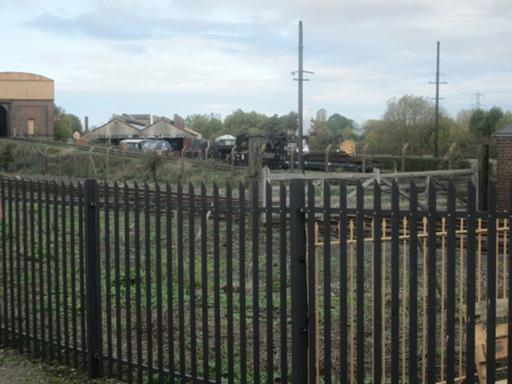
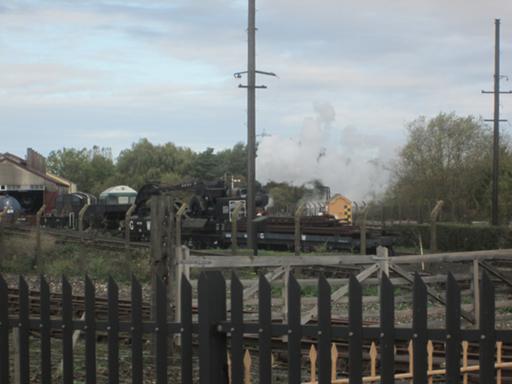
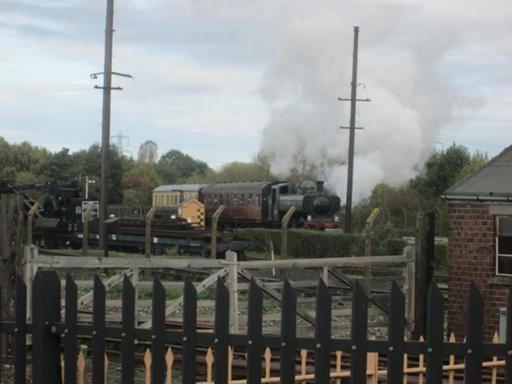
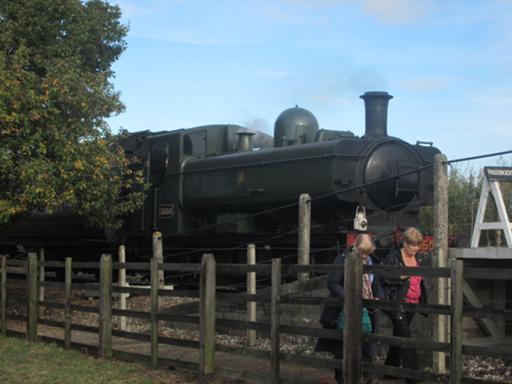
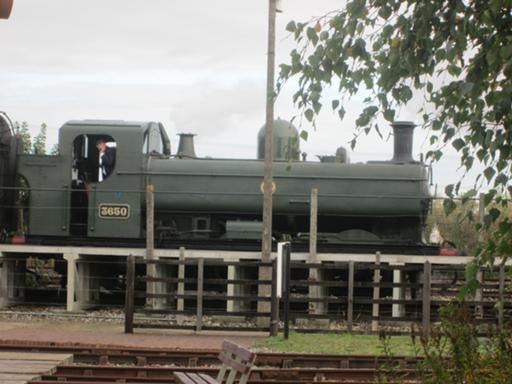
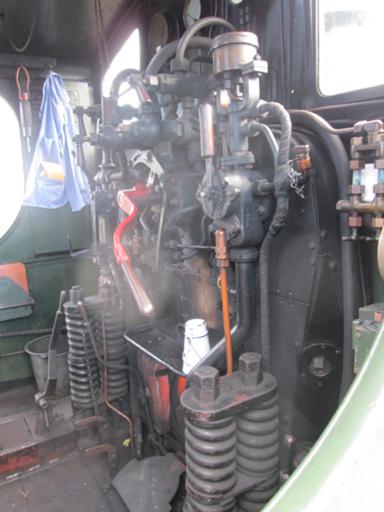
One of the two locomotives in steam, 3650, an 0-6-0 pannier tank
shunter. (More information on all of these is at the
Didcot locomotive listing.)
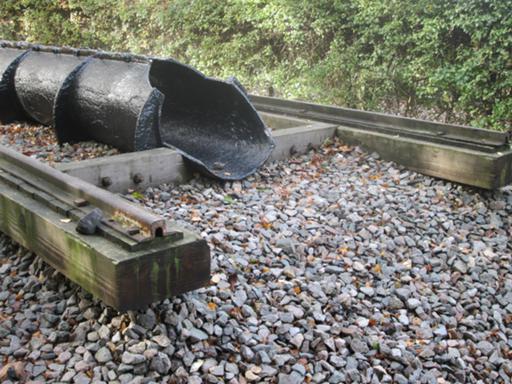
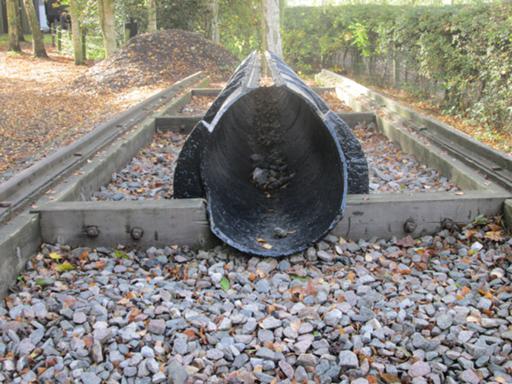
Surviving pipe from Brunel's atmospheric propulsion system, used on
the South Devon Railway before it was abandoned (for costing twice as
much to run as a steam engine, largely one suspects because of leakage
through the leather hinges). Interestingly, the pipe was evacuated
ahead of the train, rather than pressurised behind it.
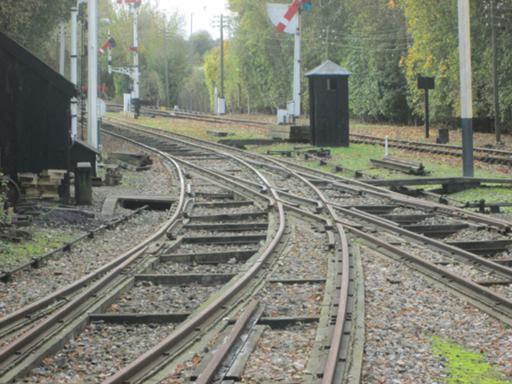
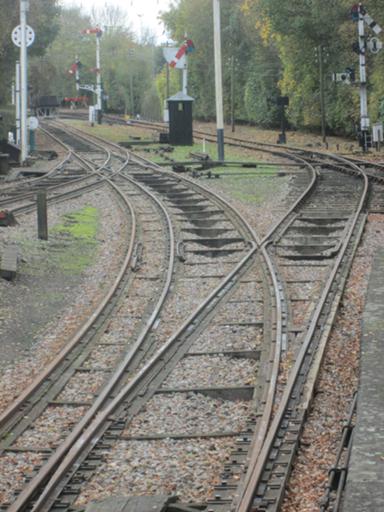
Multi-gauge points on the dual-tracked broad-gauge section.
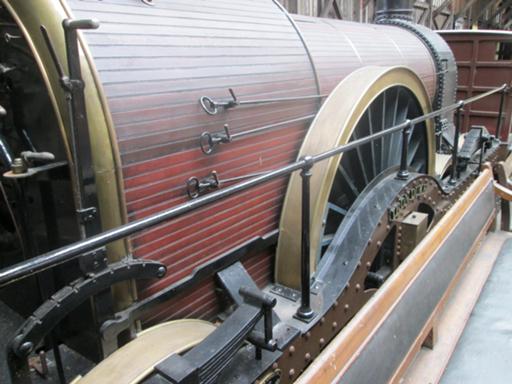
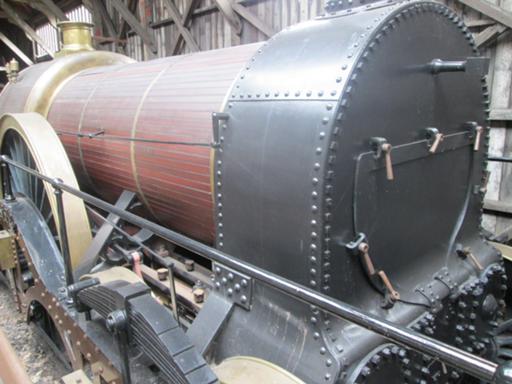
Iron Duke, 1985 replica broad-gauge engine.
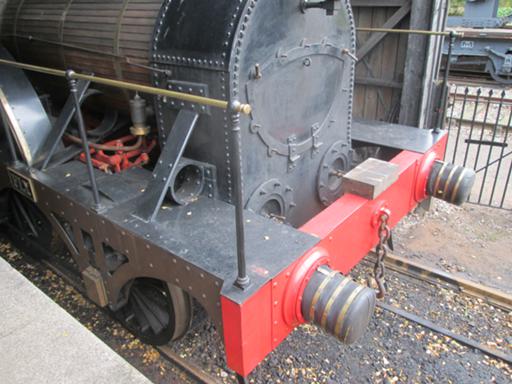
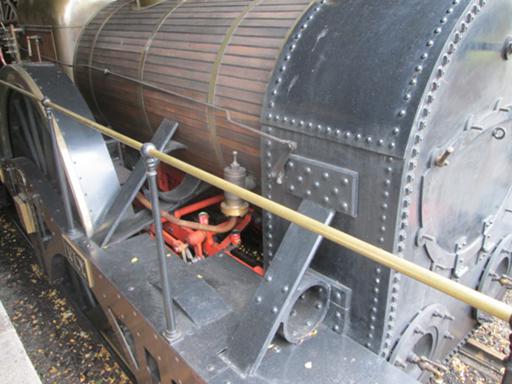
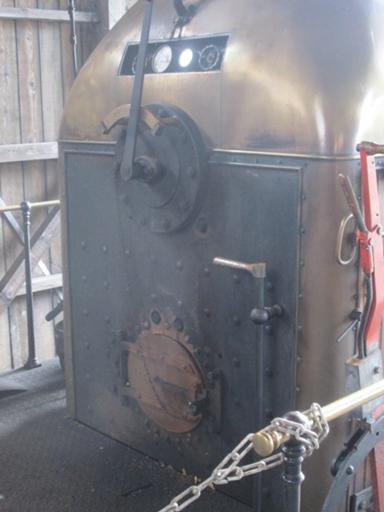
Fire Fly, 2006 replica broad-gauge engine. (Noting lack of protection
for the driver.)
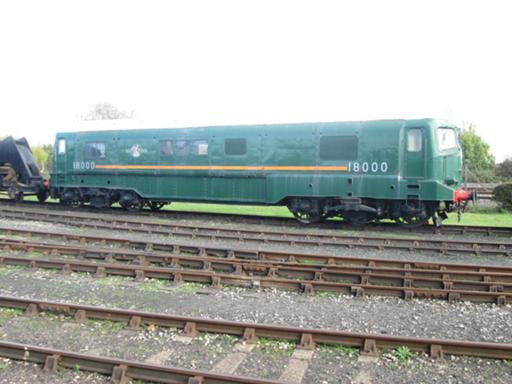
Prototype gas turbine locomotive from Switzerland, used on the GWR in
the 1950s.
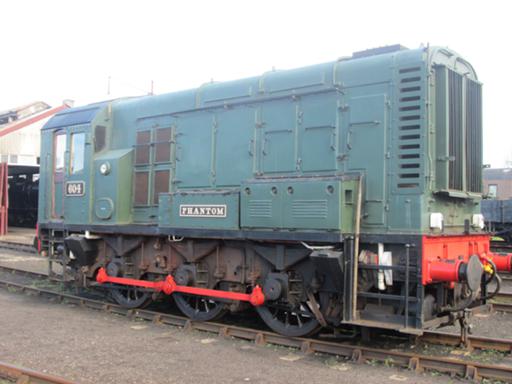
Class 8 diesel shunter. I've always had a soft spot for these; they do
one thing, and do it well.
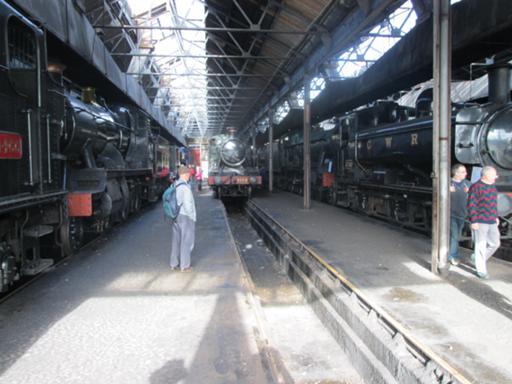
Into the engine shed.
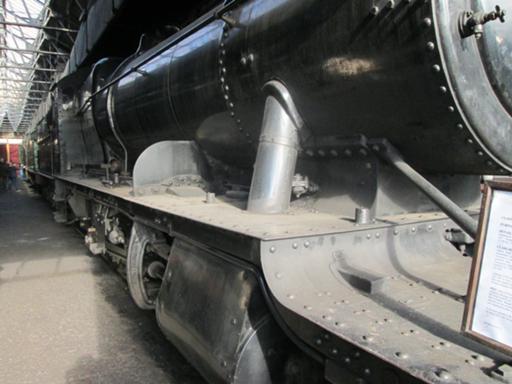
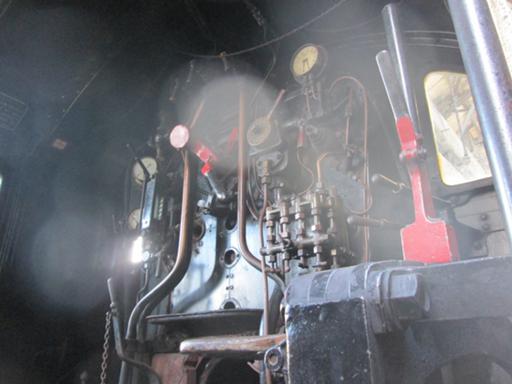
An unusual design at least to me, a 2-8-0 long-distance heavy freight
hauler, number 3822.
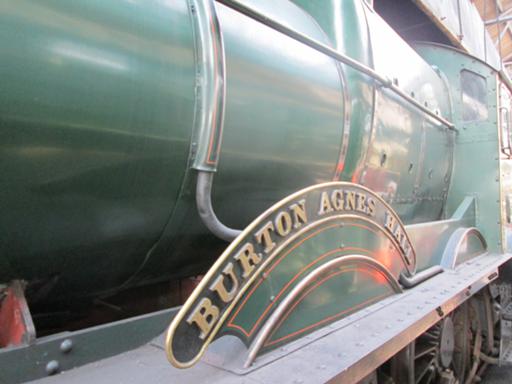
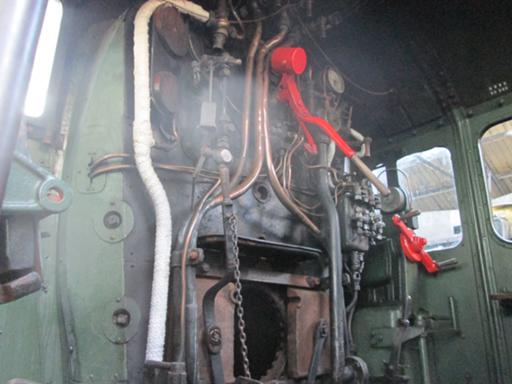
6998 Burton Agnes Hall, a Modified Hall class. (This is one I remember
being in steam during my visits in the 1970s and 1980s; she's now in
the queue for overhaul.)
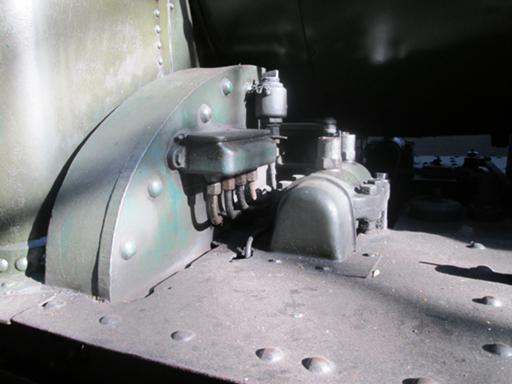
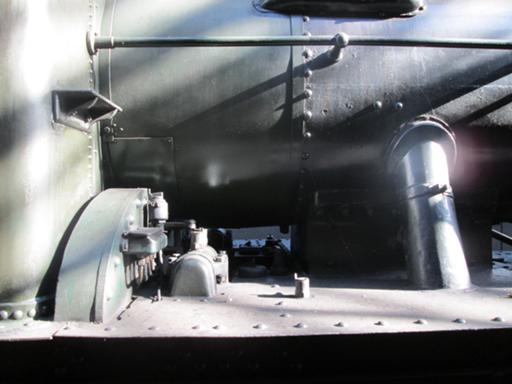
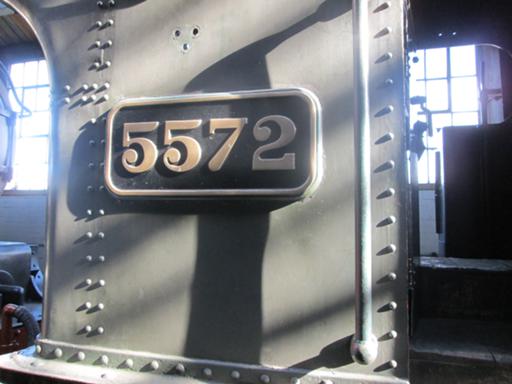
Details of the 2-6-2 tank engine 5572, used in branch line service.
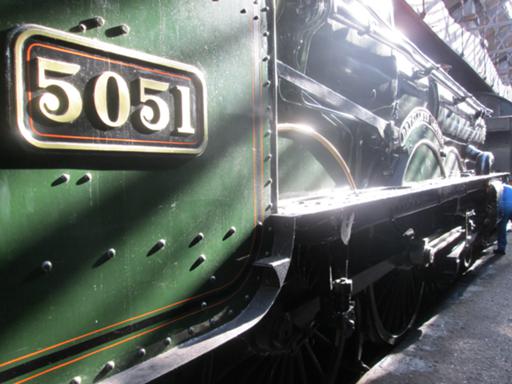
5051 Earl Bathurst (built as Drysllwyn Castle). (Pendennis Castle,
another engine I remember, has since been to Australia and back, and
is now under restoration.)
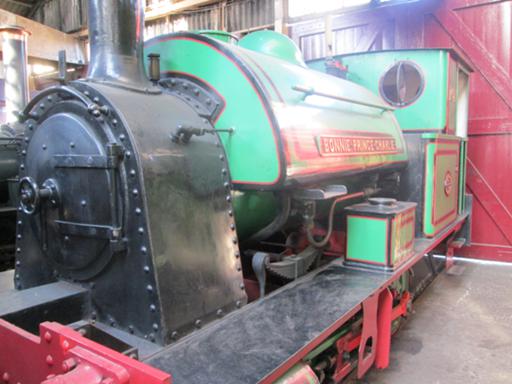
Saddle tank 0-4-0 Bonnie Prince Charlie.
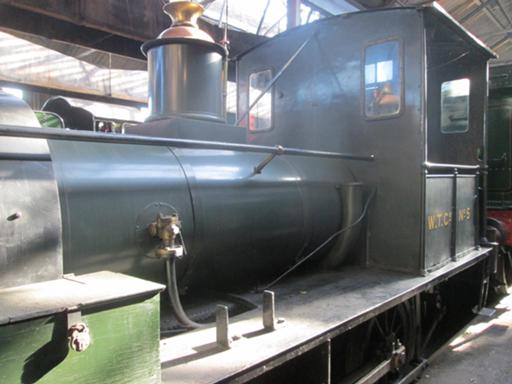
"No. 5", a remarkably crude-looking engine, built in 1857 for Capt.
William Peel, owner of the Sandy and Potton Railway.
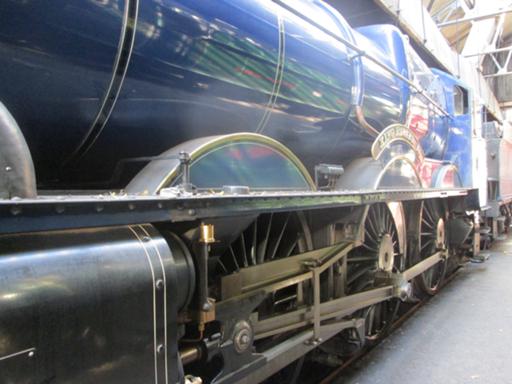
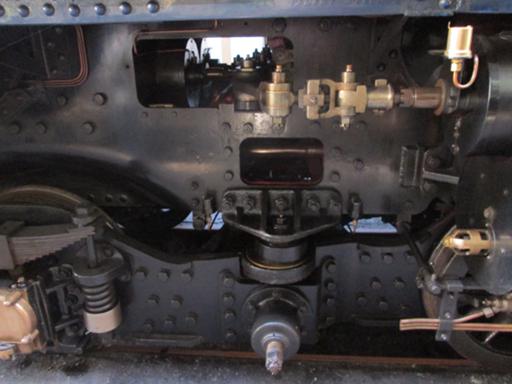
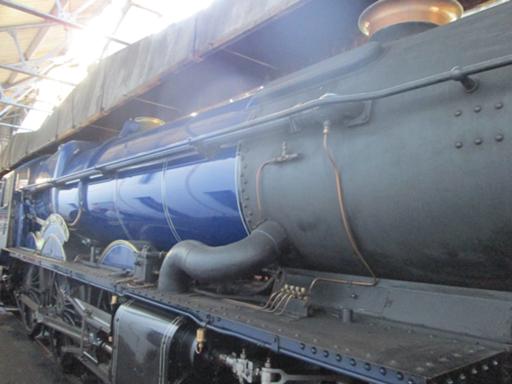
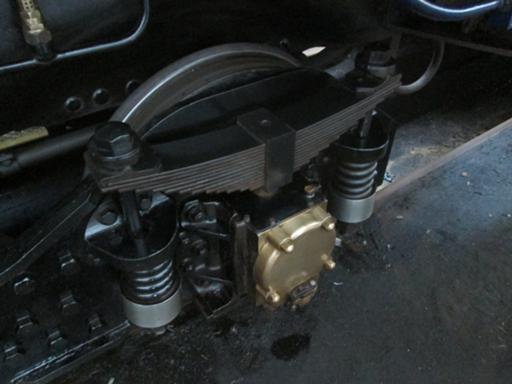
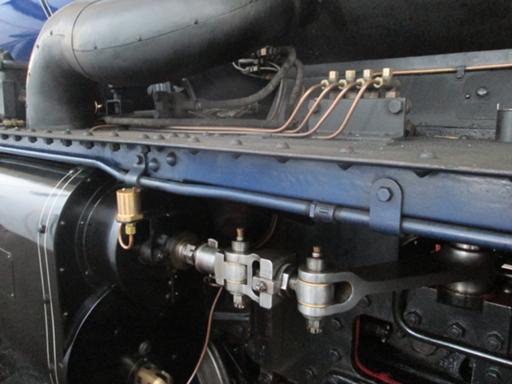
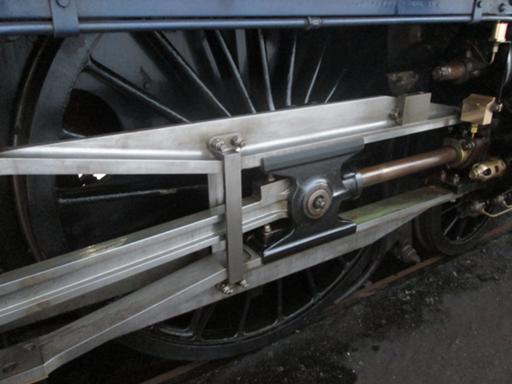
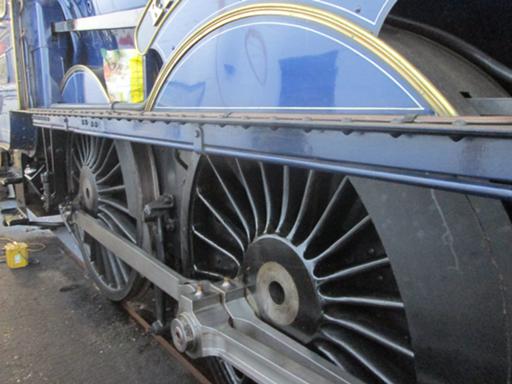
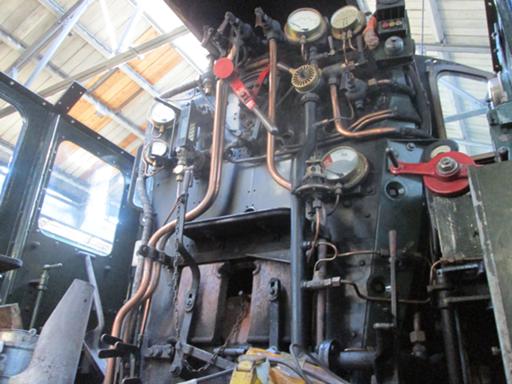
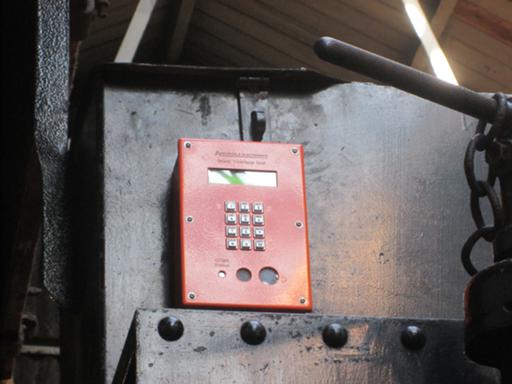
King Edward II, in an odd blue livery (experimental BR scheme from the
early 1950s). I'm curious about that orange box in the tender, though;
obviously it's not original equipment, but what's it for? (The text
reads "Arrowvale Electronics", "Driver Interface Unit" and "OTMR
Status", which I suppose might be On-Train Monitoring Recorder; all
trains running on UK track are required to have one, and I believe
main-line running is planned for this engine.)
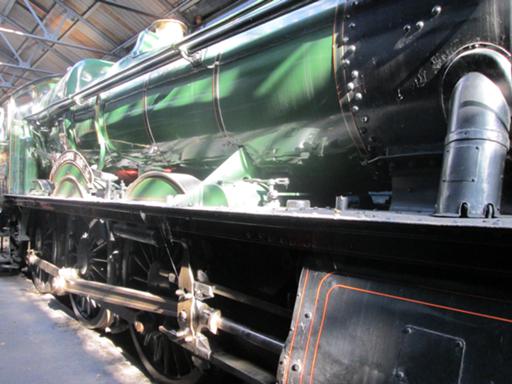
Hinderton Hall, this one the original Hall design.
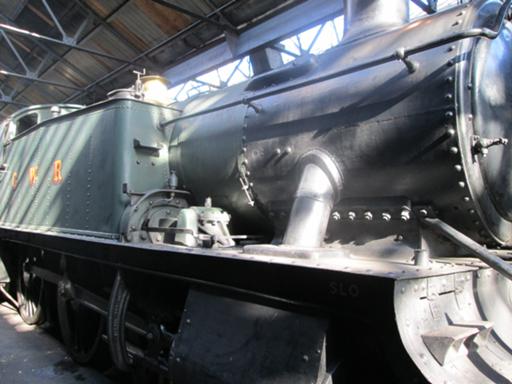
A tank engine for suburban services. (One thing this visit made very
clear to me was the degree of specialisation in engine designs, which
suggests to my current thinking a marginal technology with little
spare capacity.)
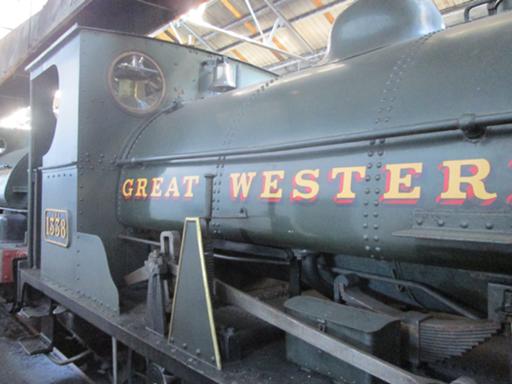
1338, 0-4-0 saddle tank using Kitson-Hawthorn valve gear used on the
Cardiff Railway.
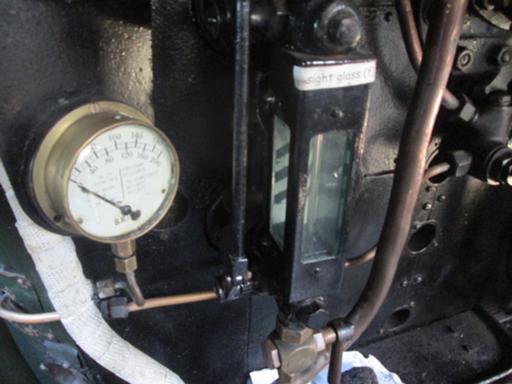
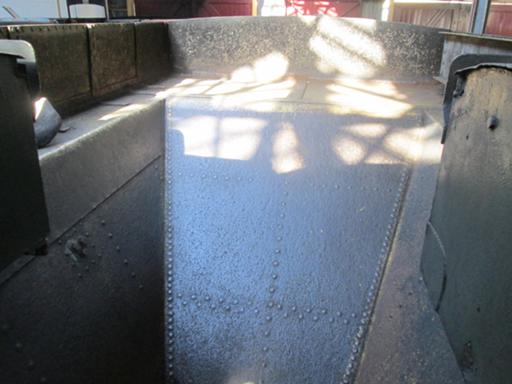
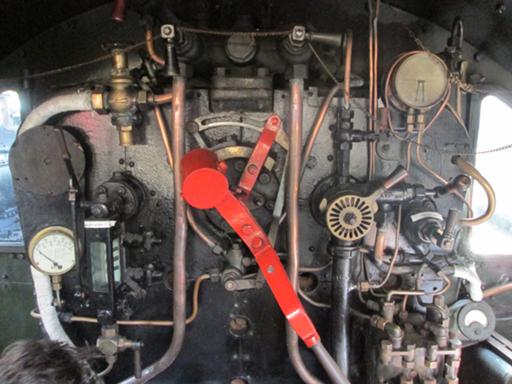
On board what I think was probably 7808 Cookham Manor
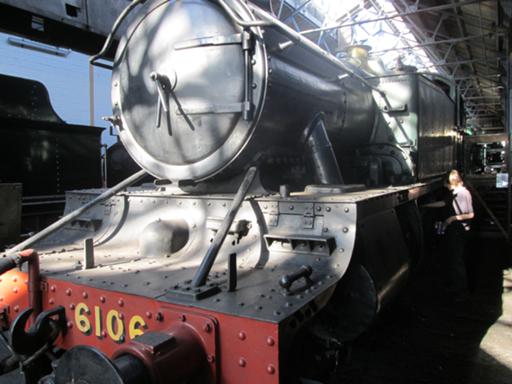
Another 2-6-2 tank, 6106.
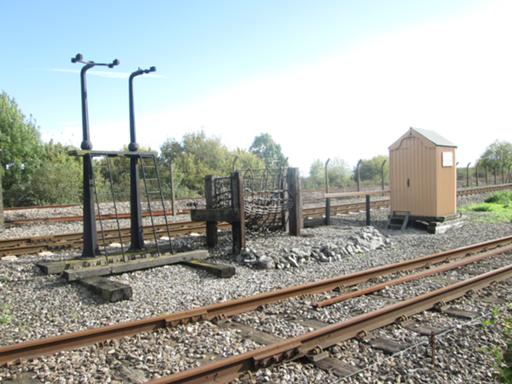
Travelling Post Office trackside equipment, a key element of any
classic model railway even if it didn't always work very well.
Comments on this post are now closed. If you have particular grounds for adding a late comment, comment on a more recent post quoting the URL of this one.